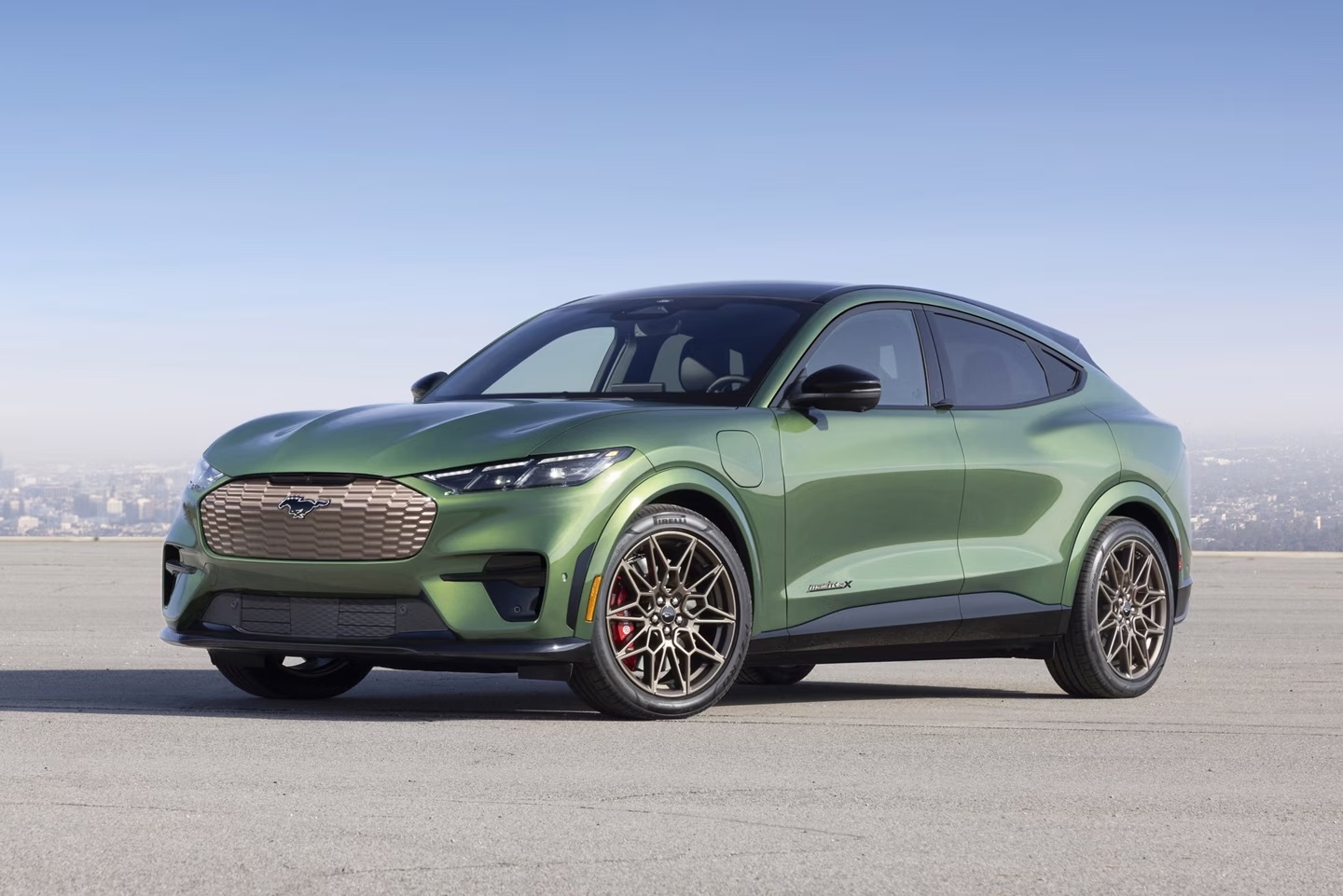Electric vehicles (EVs) are no longer a futuristic concept; they’re a present-day reality rapidly reshaping how we think about transportation, energy use, and sustainability. As the shift from internal combustion engines to electric drivetrains accelerates, so does the demand for smarter, safer, and more reliable technology embedded within these vehicles.
Among the many systems that make EVs function seamlessly, charging diagnostics have emerged as one of the most critical components.
These systems do more than just monitor how full a battery is; they ensure the safety, efficiency, and longevity of the vehicle’s core power source. In many ways, charging diagnostics are the gatekeepers of battery health and user confidence.
Charging an electric vehicle isn’t as simple as plugging it into a wall. It’s a sophisticated exchange of information between the car and the charger, involving current flow, voltage regulation, thermal conditions, connector integrity, and real-time feedback.
A strong diagnostic system ensures that any issues like power surges, overheating, cable damage, or incompatible charging stations are detected early and communicated clearly.
These systems can prevent major damage by halting unsafe charging, adapting charging speeds, or alerting the driver with actionable notifications. Without such systems, EV users can find themselves facing charging interruptions, premature battery degradation, or worse, complete charging failures with no explanation.
The importance of reliable charging diagnostics becomes even more evident when things go wrong. Imagine arriving at a public charging station, plugging in your EV, heading off to run errands, and returning an hour later to find your vehicle barely charged. Now imagine your car simply says “Charging Error” with no further detail or direction.
This situation is not uncommon in EVs that lack robust diagnostic systems. In some models, faults are either detected too late, miscommunicated, or missed entirely. These gaps in fault detection and communication can erode user trust and make the difference between a smooth EV experience and a frustrating one.
Conversely, some automakers have recognized the importance of diagnostic clarity and have designed their vehicles with advanced charging systems that communicate effectively and act proactively.
These systems not only detect faults quickly but also explain the issue in understandable terms, often offering steps for resolution or enabling automatic recovery.
Also Read: 5 Cars Rated Highly for Rear-Seat Safety vs 5 Criticized for Poor Protection
5 EVs With Built-In Charging Diagnostics
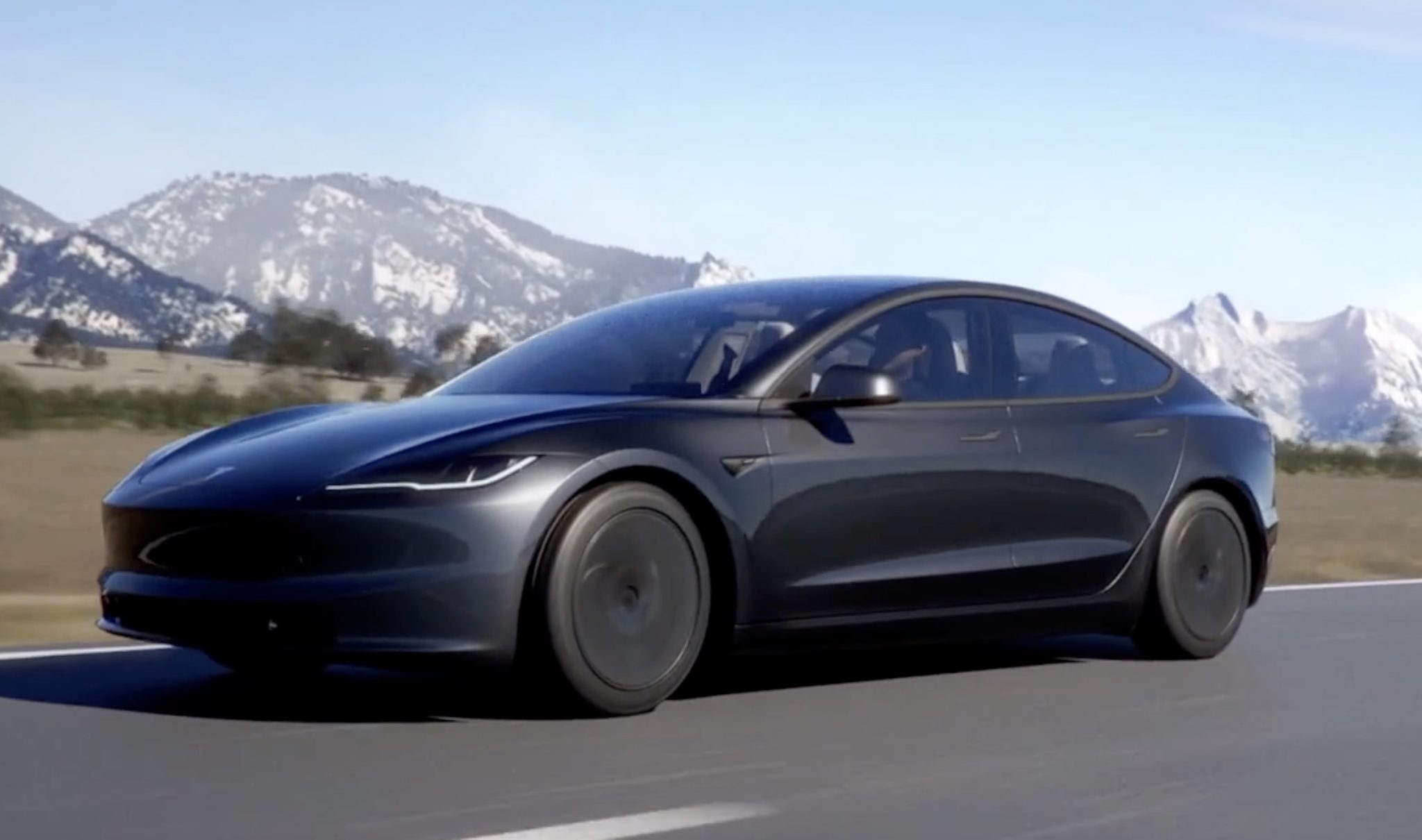
1. Tesla Model 3
Tesla’s Model 3 is one of the most iconic electric vehicles globally, and much of its success is due to its seamless integration of hardware and software, particularly in charging diagnostics.
Tesla has built a reputation for its forward-thinking engineering, and the Model 3 benefits immensely from a diagnostic system that continuously monitors charging efficiency and safety parameters.
Unlike many traditional automotive systems that only notify the driver once a fault has occurred, the Model 3 uses predictive diagnostics that evaluate patterns, such as temperature deviations or voltage instability, to forecast potential faults before they interfere with charging. These predictive elements create a much smoother experience, minimizing downtime and increasing battery longevity.
A major strength of the Model 3’s diagnostics is how deeply it is embedded in Tesla’s proprietary Supercharger network. When connected to a Supercharger, the car and charger communicate in real time to exchange information about optimal voltage levels, charging curves, and battery temperature.
If a charging issue is detected, such as a fluctuating current from a third-party charger or a damaged connector, the system alerts the user instantly and either throttles the charging rate or stops the session altogether. This integrated safety mechanism ensures that the battery isn’t compromised even under aggressive fast-charging conditions, maintaining long-term battery health.
Another compelling aspect of Tesla’s system is its user interface. The Model 3’s infotainment system is designed not only to inform but also to educate. Drivers can access in-depth charging reports, including session duration, average kW rate, and any system-detected inefficiencies.
The Tesla mobile app mirrors much of this data remotely, enabling users to check diagnostics while they’re away from their vehicle. Fault notifications, charging speed adjustments, and even software prompts related to charging optimization are delivered intuitively. This level of accessibility fosters a transparent relationship between the vehicle and the user.
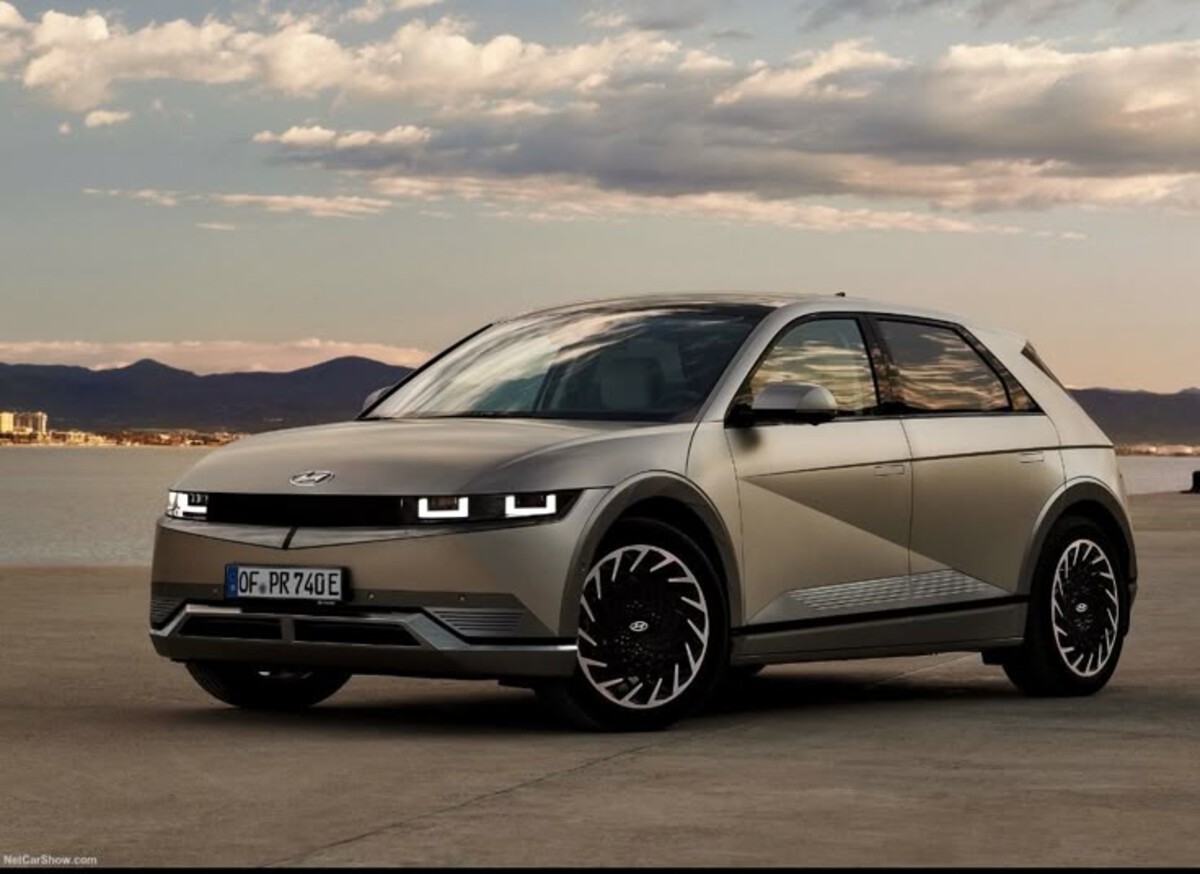
2. Hyundai Ioniq 5
The Hyundai Ioniq 5 represents a new generation of electric vehicles where smart diagnostics and advanced electronics come together to deliver a seamless driving and charging experience.
One of the most remarkable aspects of the Ioniq 5’s system is its bidirectional communication ability with chargers, allowing it to both receive and send charging-related data.
Its onboard diagnostics monitor real-time energy flow, plug integrity, charger health, and thermal stability, allowing for a high level of charging control.
Even before a session begins, the vehicle performs automated checks to ensure all conditions are safe. If the charger cable is loose, if the plug is misaligned, or if there’s any detectable wear on the port, the system halts charging and provides specific instructions for the user.
Another key strength lies in the Ioniq 5’s battery preconditioning and thermal diagnostics. Before high-speed charging begins, especially in cold climates, the system ensures the battery is brought to the ideal temperature range to prevent inefficiencies or damage.
If it identifies cold battery temperatures that could hamper charging speeds or result in incomplete charging, the system recommends warming the battery or even handles preconditioning automatically when a fast charger is selected in navigation.
These behind-the-scenes diagnostics not only improve user experience but also protect battery chemistry from long-term degradation caused by improper thermal conditions.
Moreover, Hyundai’s integrated diagnostics are enhanced through its connected car app, which provides robust remote diagnostics for charging. Through the app, users can view detailed analytics of their charging sessions, including voltage fluctuations, time estimates, and any active fault notifications.
The app doesn’t just alert the driver to issues it also provides troubleshooting guidance, such as whether to unplug and retry, switch to a different charger, or seek service. These guided diagnostics lower the barrier to EV use for first-time adopters who may not be familiar with the intricacies of EV charging.
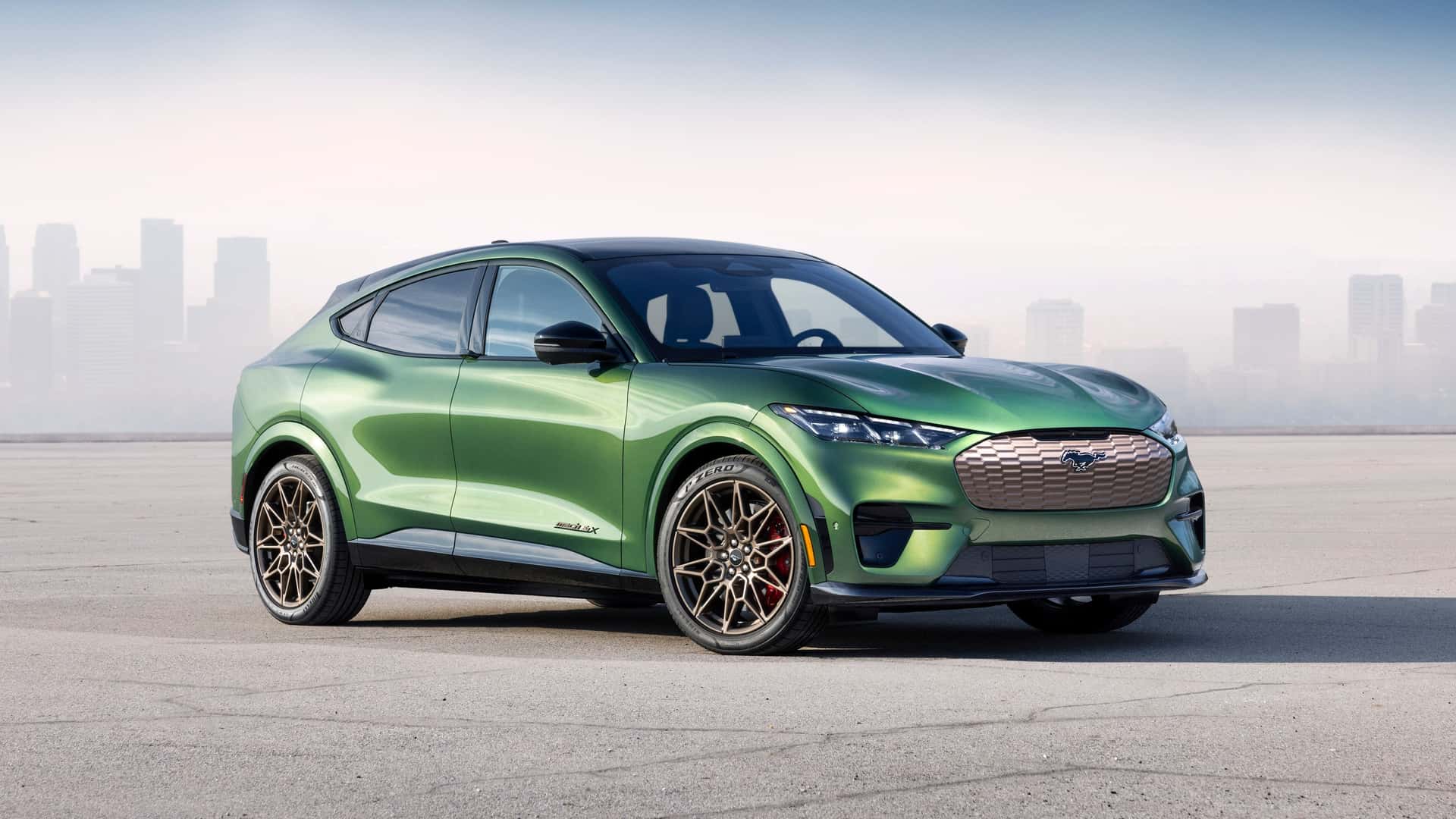
3. Ford Mustang Mach-E
Ford’s entry into the electric vehicle market with the Mustang Mach-E brought with it a commitment to quality and user trust, which is evident in its comprehensive charging diagnostic suite.
The Mach-E is built with a multi-point diagnostic system that oversees charging port integrity, current flow, thermal regulation, and communication with charging stations.
The diagnostics begin the moment a charging cable is connected, initiating a handshake protocol between the vehicle and the charger to verify compatibility. If an issue arises such as an underperforming charger or an unsafe cable the system immediately provides the driver with a plain-language notification and blocks the session to prevent risk.
One standout feature of the Mach-E’s diagnostics is its built-in charger status memory. The vehicle records historical data about the charging stations it connects to, allowing it to identify recurring issues with specific chargers.
For instance, if a particular public fast charger repeatedly delivers erratic current, the vehicle will warn the user the next time it’s connected to that station. This level of intelligent memory enables drivers to make more informed decisions and helps Ford’s backend systems gather data about infrastructure reliability across regions, which can be leveraged to enhance the BlueOval network.
The SYNC 4 infotainment system acts as the central nervous system for delivering these diagnostics to the user. The charging screen is not just a progress monitor it provides layered feedback. It shows power delivery graphs, battery thermal state, and even recommended charging times based on user schedules and grid efficiency.
These diagnostics are designed with both novice and experienced EV users in mind, offering both simplified alerts and deeper data for those who want it. Additionally, if the vehicle encounters a fault that it cannot resolve automatically, it presents a clear next step, such as contacting FordPass support or visiting a certified technician.
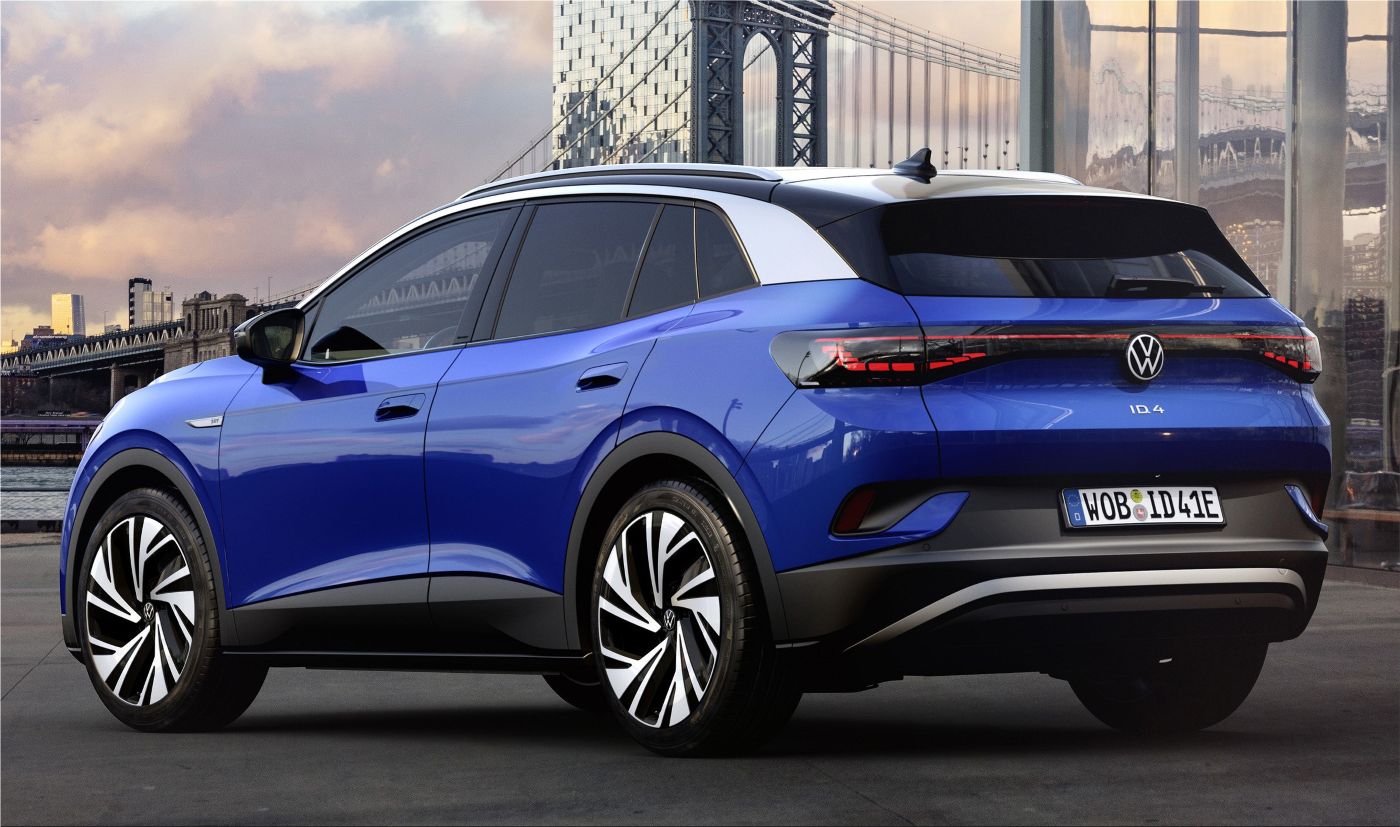
4. Volkswagen ID.4
The Volkswagen ID.4 showcases how traditional automakers can transition into the electric era by integrating digital intelligence into their vehicles. A central component of the ID.4’s innovation is its extensive charging diagnostic system, which spans both onboard hardware and cloud-connected software.
When a charging session begins, the ID.4 initiates a sequence of checks involving connector alignment, current stability, and temperature control. If it encounters abnormalities such as sudden voltage spikes or low current throughput, the system immediately adjusts or terminates charging to protect the vehicle’s electronics and battery module.
What sets the ID.4 apart is how user-centric its diagnostics are. Through its digital cockpit and infotainment display, it communicates not just error codes but contextually rich information that explains what’s happening in layman’s terms.
For instance, instead of showing a generic error message like “Charging Fault,” the system might display, “Low current detected from charger try reinserting the cable or using another station.” This clarity reduces driver anxiety and empowers owners to resolve minor issues themselves without a service appointment.
Another advantage of the ID.4’s diagnostics is its charging history tracking. The vehicle stores logs of all previous charging sessions, including dates, times, duration, and any issues detected. This historical data can be useful for identifying patterns like frequent undercharging or compatibility problems with specific public stations.
Owners can access this data through Volkswagen’s WeConnect app, which also sends real-time alerts and recommendations. These remote diagnostics help bridge the gap between the vehicle and the user, ensuring that charging becomes a transparent process rather than a guessing game.
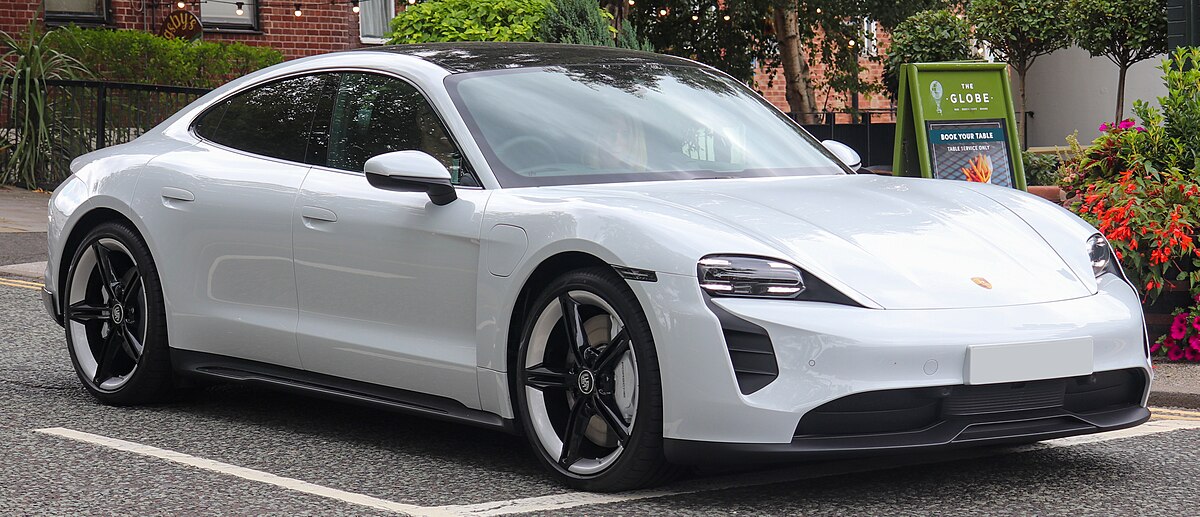
5. Porsche Taycan
The Porsche Taycan doesn’t just redefine performance in the EV sector, it also sets new standards for reliability and diagnostic intelligence. Charging at speeds up to 270 kW on 800-volt architecture introduces a new layer of complexity, and Porsche engineers have addressed this challenge with a highly advanced diagnostic system.
Every aspect of the charging process is monitored by an array of sensors and processors, ensuring that voltage levels, cable integrity, connector alignment, and battery temperature are within precise parameters. If any deviation is detected even milliseconds into a session the system can throttle power or halt charging altogether, making safety a top priority.
A particularly innovative component of the Taycan’s diagnostics is its adaptive thermal management system. Because high-speed charging generates significant heat, especially in hotter climates or when back-to-back fast charges occur, the system dynamically adjusts coolant flow, fan speeds, and battery load balancing to prevent overheating.
This level of control not only protects the battery but also maintains consistent charging speed by avoiding thermal throttling. If the battery temperature rises outside of optimal thresholds, the system reduces power gradually rather than suddenly cutting off, offering a smooth, controlled response.
The Taycan’s diagnostics are also highly transparent to the user. Through the Porsche Connect app, drivers receive minute-by-minute charging data, fault notifications, and detailed health assessments of their vehicle’s battery system. For those who seek performance metrics, the app provides insight into how charging behavior affects acceleration, range, and energy efficiency.
Furthermore, Porsche’s customer service is tightly integrated with these diagnostics. When a charging-related fault is detected, drivers can initiate a support call directly from the app, with all diagnostic logs automatically shared with the technician for immediate troubleshooting.
5 EVs With Unreliable Fault Alerts
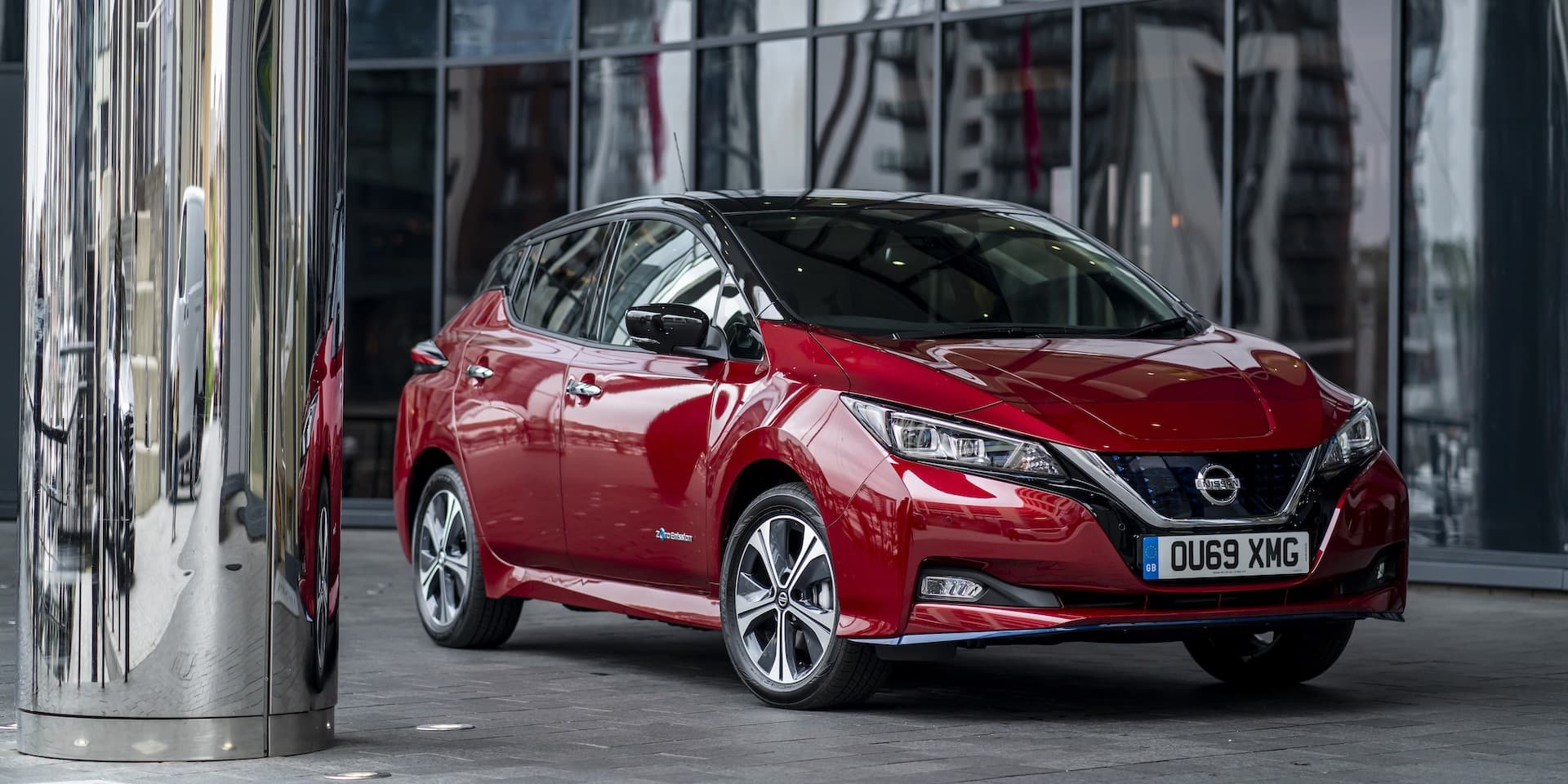
1. Nissan Leaf (Early Models)
The first-generation Nissan Leaf played a major role in bringing electric mobility into the mainstream, but it also exposed some of the growing pains associated with early EV technology particularly in diagnostics.
Charging fault alerts on early Leaf models were frequently ambiguous, often appearing only after an issue had already interrupted charging or damaged a component.
For instance, it was common for users to plug in their Leaf at a public charging station only to return an hour later and find the vehicle had stopped charging due to an undetected fault, with no warning or specific error code provided. These kinds of occurrences significantly undermined driver trust, particularly among new adopters unfamiliar with EV behavior.
Compounding the problem was the limited diagnostic detail provided by the vehicle’s interface. Most early models simply displayed a generic warning light or basic notification like “Charging stopped” or “Fault detected,” without additional data explaining the cause.
This lack of specificity meant drivers were left guessing whether the fault was caused by the EVSE (Electric Vehicle Supply Equipment), a cable issue, power instability, or something internal to the Leaf’s battery management system.
As a result, many Leaf owners became overly reliant on dealership visits to troubleshoot even minor charging problems an experience that diminished the convenience EVs were supposed to offer.
The early Leaf models also lacked strong remote connectivity, which meant there was little to no integration with mobile apps or backend support systems that could help track and diagnose faults.
In contrast to newer EVs that allow owners to review charging status from anywhere or push diagnostic logs to technicians, Leaf owners had to be physically present to even know if something had gone wrong. Without real-time alerts or remote monitoring, catching faults in time often became a matter of luck rather than design.

2. Chevrolet Bolt EV (Initial Releases)
The Chevrolet Bolt EV made waves when it debuted by offering over 200 miles of range at a relatively affordable price point. Yet while the Bolt EV’s battery capacity was a significant advancement, its diagnostic systems during early production years left much to be desired.
One of the most common criticisms was its unpredictable fault alert behavior during charging sessions. Many drivers reported instances where their Bolt appeared to be charging normally, only to return and discover that charging had failed halfway through without any meaningful alert or explanation from the system. This silent failure caused stress for owners, especially those relying on public chargers with time constraints.
A deeper issue was how inconsistently the Bolt communicated fault conditions. When alerts did appear, they were often vague or misleading.
An error like “Check charging system” might be displayed for a wide range of unrelated problems from power surges at the station to connector misalignment without giving the driver a clue on how to resolve the issue. In many cases, the only advice offered was to restart the session or try a different charger. For new EV drivers, this ambiguity proved frustrating, especially in areas with limited charging infrastructure, where changing locations wasn’t always an option.
Remote diagnostics were also underdeveloped in early Bolt models. Although GM’s OnStar service provided basic support, it lacked the real-time integration needed to troubleshoot charging faults on the fly. Service technicians often had to rely on owner descriptions or manually recreate issues, which delayed service and complicated repairs.
Furthermore, because many faults didn’t leave a clear digital trace in the vehicle’s onboard memory, diagnosing intermittent problems became a time-consuming process that further eroded user confidence in the Bolt’s reliability.
The situation was made worse by the backdrop of battery-related recalls affecting the Bolt, which brought heightened scrutiny to all aspects of its electrical system. While the battery fire issues were primarily caused by manufacturing defects, the inability of the vehicle’s diagnostic system to predict or flag irregular charging behavior in advance exacerbated public concern.
Chevrolet has since improved the Bolt EV’s systems with software patches, better diagnostic logging, and clearer error messages, but the experience highlighted how a lack of clear, actionable alerts can become a major liability in consumer-facing electric vehicles.
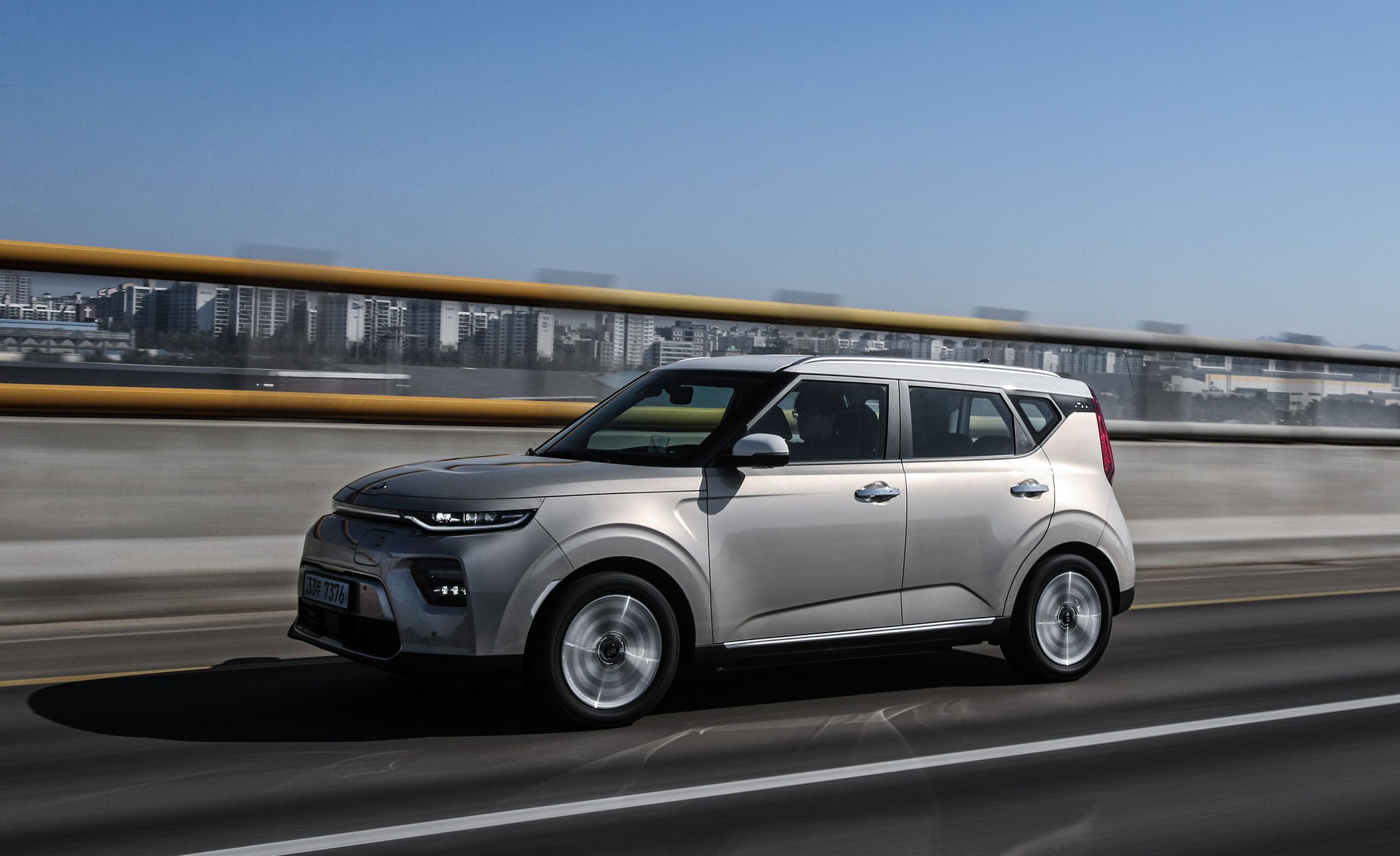
3. Kia Soul EV (First Generation)
The Kia Soul EV was among the first fully electric offerings from the Korean automaker, praised for its quirky styling and compact practicality. However, the diagnostic systems in its first-generation models were not as well-developed as those found in competing EVs released around the same time.
Specifically, the vehicle’s fault alerts during charging were known to be inconsistent and, in many cases, absent altogether. Many owners reported situations in which the car would simply stop charging without warning, even in the presence of faulty cables, poor connections, or fluctuating power levels from public chargers. This lack of notification left users unaware of the problem until they attempted to drive off with far less charge than expected.
The Soul EV’s user interface further compounded the problem. Error messages were often delivered through small warning lights or cryptic codes buried within the dashboard display. These messages provided little information about what actually went wrong during charging.
For example, if the vehicle experienced a temperature-related fault, the system might simply display “Charging error” without indicating that battery temperature was outside the ideal range. This kind of generic alert was not only unhelpful for immediate troubleshooting but also failed to provide data that could be shared with service centers to speed up diagnosis and repair.
Another key flaw in the first-generation Soul EV’s fault alert system was its lack of smart integration with external charging systems. Unlike newer EVs that can exchange real-time diagnostic data with charging stations to identify compatibility or performance issues, the Soul EV had minimal interoperability.
As a result, when drivers encountered problems at certain public stations, they couldn’t determine whether the fault lay with the vehicle or the infrastructure. This ambiguity created unnecessary friction in the ownership experience and, in some cases, led to owners avoiding public charging entirely.
Kia has made significant strides in its newer EVs, such as the EV6, by implementing more refined diagnostics and real-time feedback through apps and infotainment systems.
But the early Soul EV’s shortcomings serve as a clear example of how underdeveloped charging diagnostics can transform routine tasks like charging into frustrating experiences. Without timely alerts and actionable feedback, even the best-performing electric drivetrain becomes less appealing to mainstream consumers who prioritize ease of use and peace of mind.
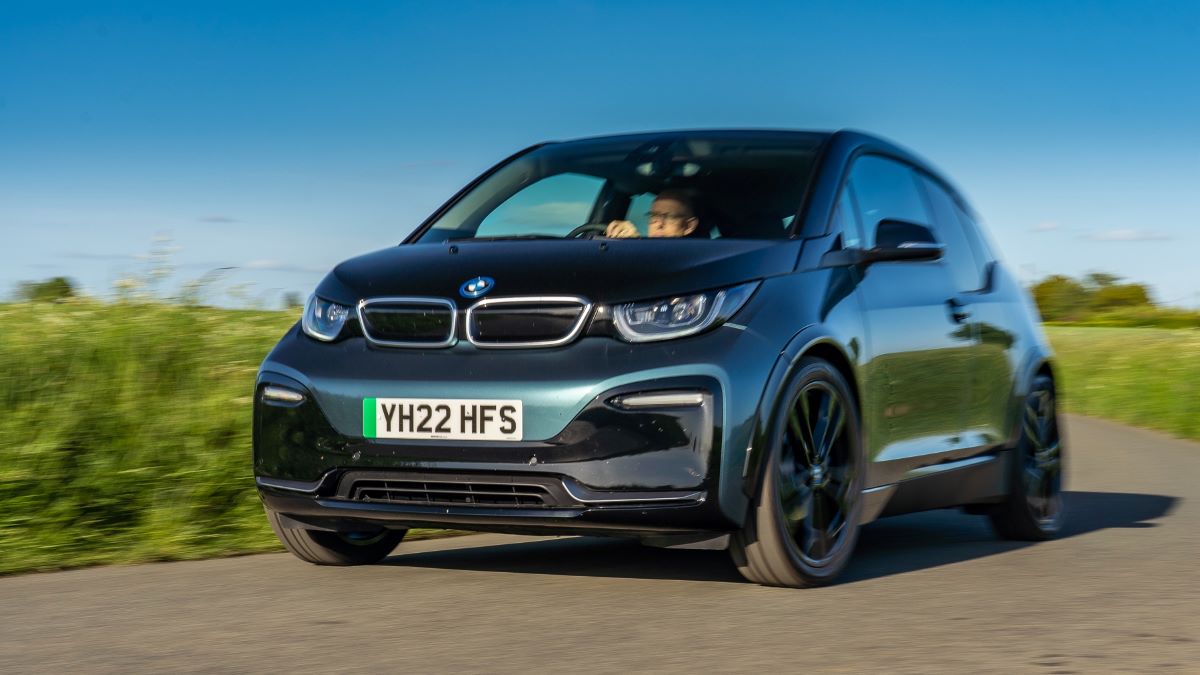
4. BMW i3 (Early Production Years)
The BMW i3 stood out as one of the most innovative EVs of its time, blending sustainable materials, bold design, and a unique rear-wheel-drive layout. However, during its early production years, the i3 also revealed critical gaps in its charging fault alert system.
While the vehicle itself offered premium performance and comfort, its diagnostic interface often failed to live up to the expectations set by BMW’s brand. Owners of early i3 models frequently encountered ambiguous or delayed fault messages related to charging, leaving them unsure of whether a session had completed properly or if an error had occurred mid-charge.
The vehicle’s infotainment system offered minimal guidance when problems arose. A recurring issue reported by users was that faults during Level 2 or DC fast charging would be announced only after the session ended or failed altogether. In some cases, the i3 would begin charging but abruptly stop without providing a detailed message.
If a fault was displayed, it was often a catch-all phrase like “Charging error detected,” without indicating whether the cause was electrical, thermal, or mechanical in nature. This lack of granularity forced many owners to consult forums or contact dealerships to interpret basic warnings.
Although BMW improved diagnostics in later versions of the i3, especially with the inclusion of the Range Extender (REx) variant and updated software, the early shortcomings were a notable black mark on an otherwise forward-thinking car. The i3’s experience serves as a reminder that premium branding and eco-innovation need to be matched with robust digital systems particularly when managing something as vital and potentially dangerous as high-voltage charging.
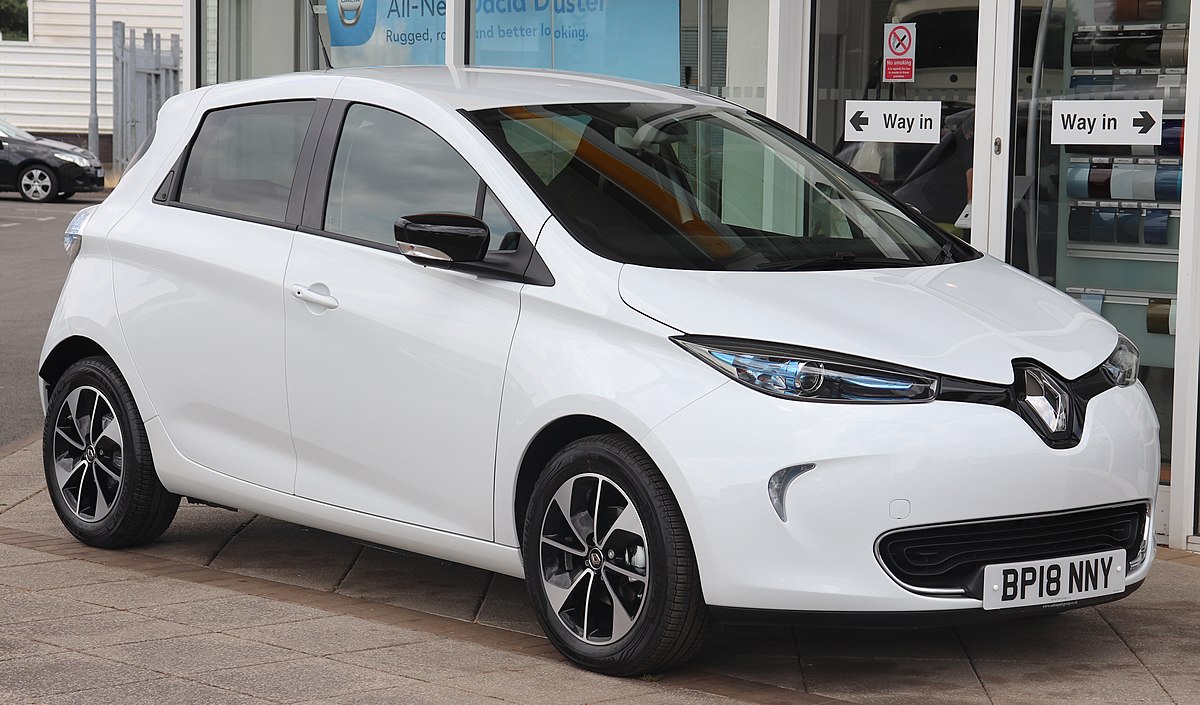
5. Renault Zoe (First-Generation Models)
The Renault Zoe became one of Europe’s best-selling EVs, thanks to its affordability and compact design tailored for urban driving. Yet despite its popularity, the first-generation Zoe was hampered by a diagnostic system that struggled to provide reliable fault alerts during charging.
Drivers frequently encountered unannounced disruptions to their charging sessions, often caused by common issues like poor cable connections, grid instability, or temperature-sensitive charge controllers. Unfortunately, the vehicle’s feedback system offered little insight into these interruptions, typically flashing a simple “Charging Impossible” message without further explanation.
The issue wasn’t just the lack of detail it was also the lack of timing. Charging problems were often not communicated until well after the user had left the vehicle plugged in, meaning drivers would return to a car with a partially filled battery and no clear understanding of why.
In a densely populated market like Europe, where access to public chargers is competitive and parking time is limited, such unexpected failures created major logistical headaches. This was especially true for apartment dwellers who depended on shared public infrastructure and couldn’t afford repeat charging interruptions.
Adding to the confusion, Renault’s companion app for the early Zoe models was underdeveloped and slow to refresh data. Real-time alerts, if they arrived at all, were frequently delayed or vague.
The system lacked the ability to guide users through potential troubleshooting steps, and there was no integration between the vehicle’s diagnostic memory and the app’s user interface. As a result, even technically-minded drivers had difficulty understanding what had gone wrong, and most ended up calling customer service for help often without any logs or fault codes to reference.

